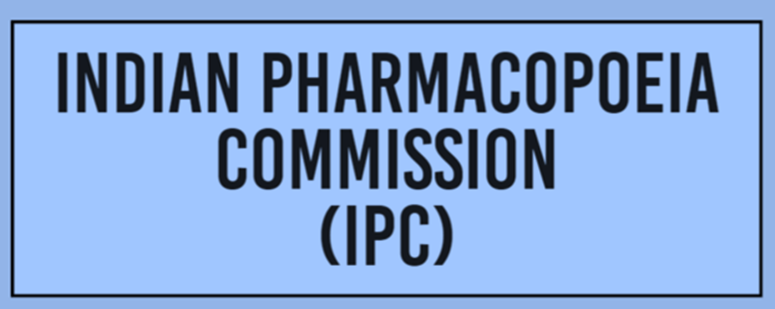Free Courses Sale ends Soon, Get It Now


Free Courses Sale ends Soon, Get It Now



Source: IASGYAN
Disclaimer: Copyright infringement not intended.
Context
Details
Indian Pharmacopoeia Commission (IPC)
Indian Pharmacopoeia (IP)
History of Publication:
Significance of Indian Pharmacopoeia:
About Nimesulide
Pharmacological Properties:
Medical Uses:
Side Effects:
Controversies:
Conclusion
By setting and maintaining high standards for drug quality and safety, Indian Pharmacopoeia Commission and the Indian Pharmacopoeia contribute to public health and ensure the reliability of pharmaceutical products in both domestic and international markets. The IP continues to evolve with advancements in pharmaceutical science and technology, reflecting ongoing efforts to enhance drug quality and regulatory compliance.
Must read article:
Sources:
|
PRACTICE QUESTION Q. The Indian Pharmacopoeia Commission and the Indian Pharmacopoeia play pivotal roles in regulating the pharmaceutical industry in India. Discuss. (250 Words) |
© 2024 iasgyan. All right reserved